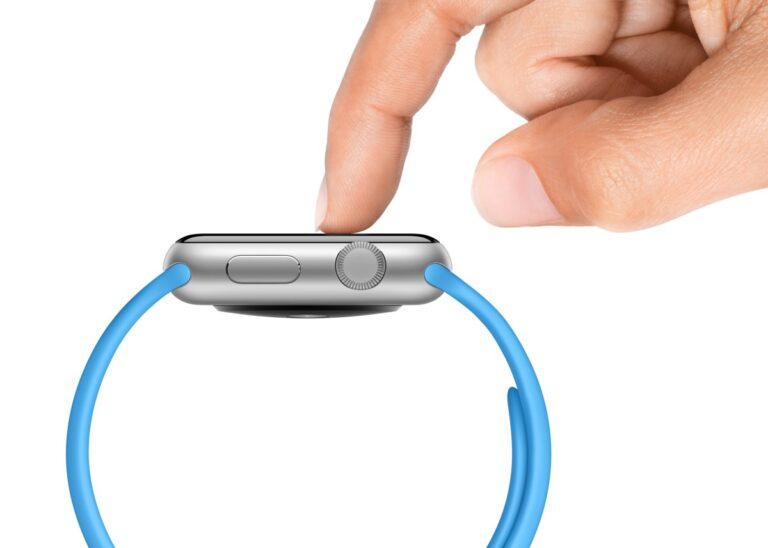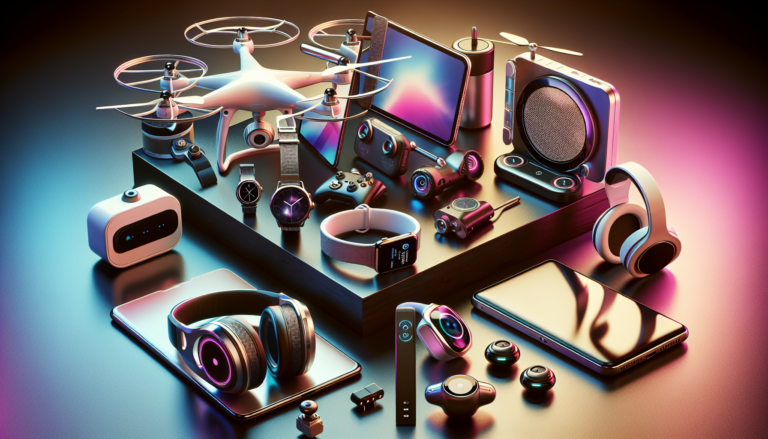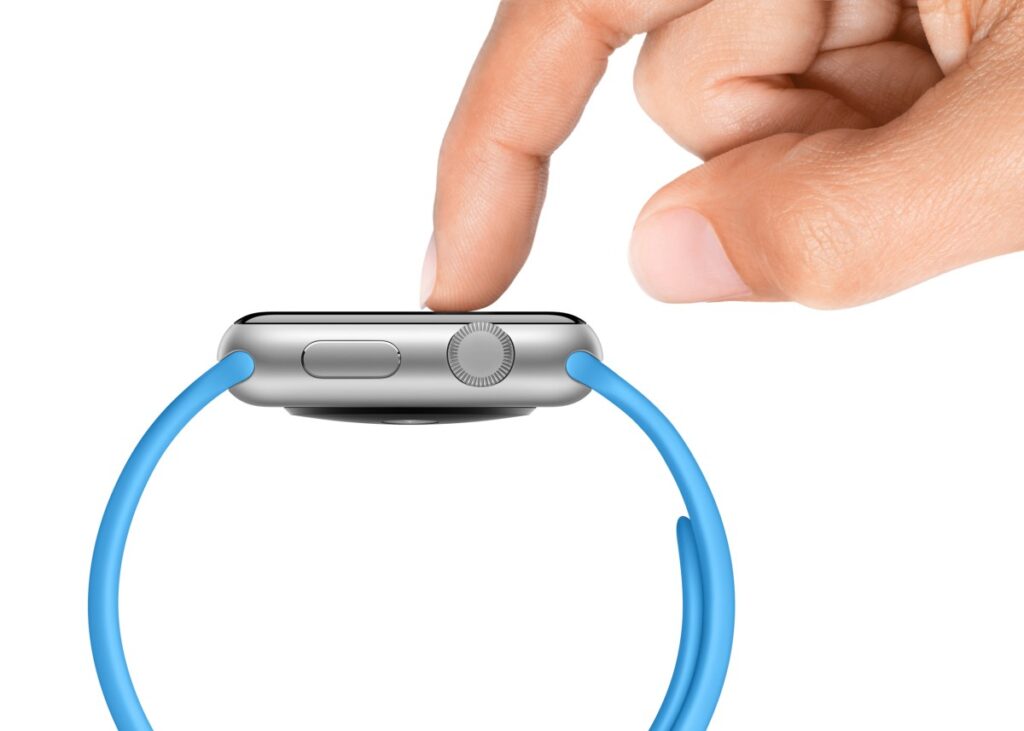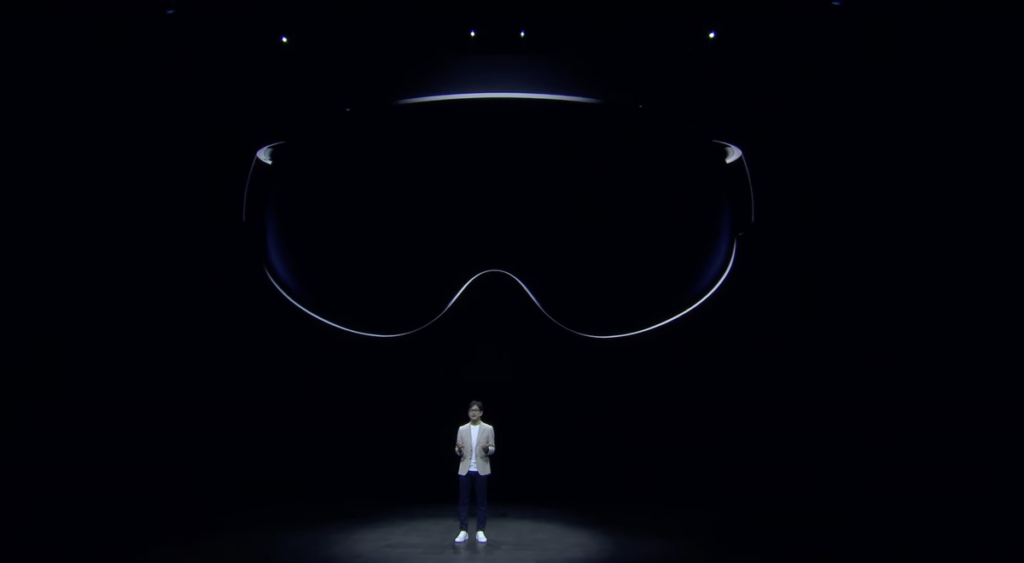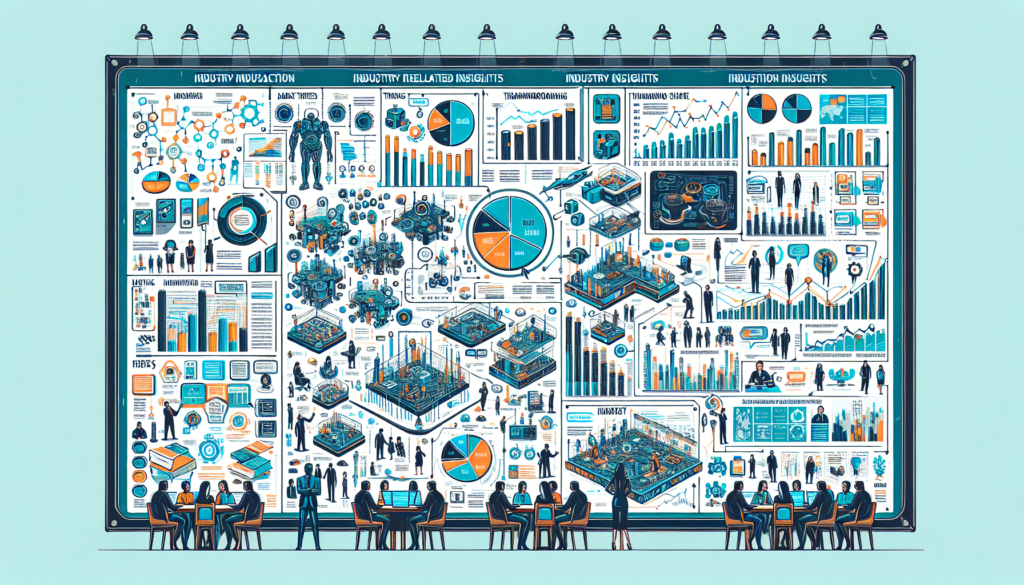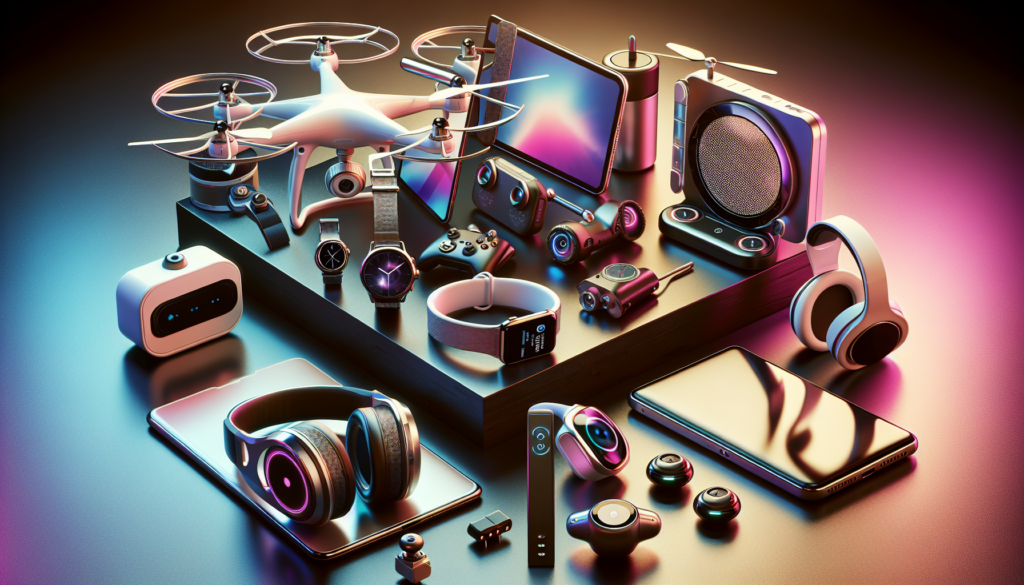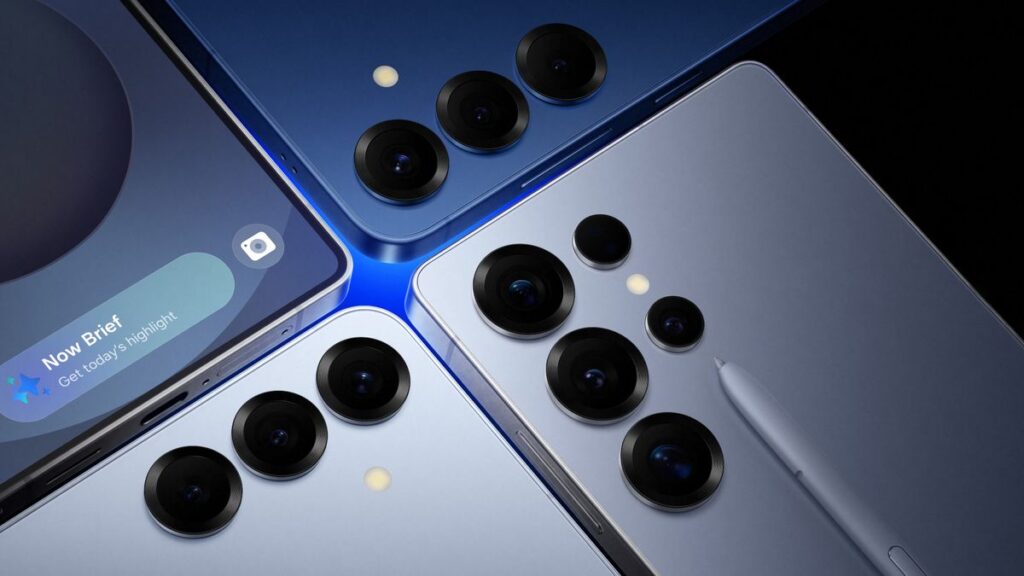Smart Home Devices Revolutionizing Daily Life
The concept of smart homes has evolved rapidly over the past few years, transforming our living spaces into interconnected environments that enhance comfort, security, and efficiency. Devices like smart speakers, thermostats, and lights are no longer just novelties; they have become essential components of modern living. Smart speakers, such as the Amazon Echo and Google Nest, serve as command centers, allowing users to control various devices with simple voice commands. From adjusting the thermostat to playing music or checking the weather, these devices streamline daily tasks and offer unparalleled convenience.
Smart thermostats are another innovation that has gained popularity. With the ability to learn your habits and preferences, devices like the Nest Learning Thermostat can automatically adjust the temperature based on your schedule, leading to significant energy savings. Homeowners can now manage their heating and cooling systems remotely via smartphone apps, ensuring optimal comfort while reducing utility bills. This level of control not only promotes energy efficiency but also enhances the overall living experience.
Home Security Systems: A New Era of Safety
As concerns about safety and security continue to rise, technological advancements in home security systems have become a priority for many homeowners. Smart cameras, doorbells, and alarm systems provide peace of mind by allowing users to monitor their homes in real time. Devices like the Ring Video Doorbell enable homeowners to see and communicate with visitors from anywhere, directly through their smartphones. This level of connectivity not only deters potential intruders but also fosters a sense of community as neighbors can share alerts and updates about local safety.
Additionally, modern security systems often incorporate artificial intelligence to analyze patterns and detect unusual activities. Companies like Arlo and Nest have developed cameras that can differentiate between people, pets, and vehicles, sending alerts only when necessary. This reduces false alarms and allows homeowners to focus on what truly matters. With features like smart locks that can be controlled remotely, the ability to grant access to trusted individuals without needing physical keys enhances security and convenience.
Home Entertainment: Immersive Experiences at Your Fingertips
The world of home entertainment has undergone a significant transformation, thanks to advancements in technology. With the rise of streaming services and smart TVs, viewers now have access to an endless array of content at their fingertips. Smart TVs equipped with platforms like Roku, Apple TV, and Google Chromecast allow users to seamlessly switch between apps and services, creating a personalized viewing experience. Furthermore, voice-controlled devices can help users find specific shows or movies without the hassle of navigating complex menus.
Virtual reality (VR) and augmented reality (AR) are also making waves in home entertainment. Devices like the Oculus Quest allow users to immerse themselves in virtual worlds, whether for gaming or interactive experiences. As the technology continues to evolve, we can expect more innovative applications that will redefine how we consume media and engage with content. Moreover, with the integration of smart home systems, users can control lighting and sound to create the perfect atmosphere for movie nights or gaming sessions.
Health and Wellness Innovations: Smart Living for a Healthier Lifestyle
The integration of technology into our daily lives has extended to health and wellness, with numerous innovations designed to improve our physical and mental well-being. Wearable devices, such as smartwatches and fitness trackers, have become commonplace, providing users with valuable insights into their health metrics. These devices can monitor heart rates, track sleep patterns, and even measure stress levels, empowering individuals to make informed decisions about their lifestyles.
In addition to wearables, smart home devices are also playing a crucial role in promoting wellness. Air quality monitors and smart humidifiers can help maintain a healthy living environment by tracking pollutants and adjusting humidity levels accordingly. Companies like Eve and Netatmo offer products that provide real-time data on indoor air quality, enabling homeowners to take proactive measures to ensure a healthier atmosphere.
Moreover, smart kitchens are emerging as a key player in the wellness revolution. With appliances that can suggest healthier recipes based on dietary preferences and track nutritional intake, cooking at home has never been easier or more beneficial. Devices like smart refrigerators can even send alerts when food is nearing expiration, helping to reduce waste and encourage healthier eating habits.
Energy Efficiency: Sustainable Technology for Homes
As awareness of environmental issues grows, so does the demand for energy-efficient home technologies. Innovations in this area are not only beneficial for the planet but can also lead to significant cost savings for homeowners. Smart energy management systems allow users to monitor their energy consumption in real time, identifying areas where they can reduce usage and lower bills. Devices like the Sense Energy Monitor can provide detailed insights into energy patterns, helping individuals make informed decisions about their energy consumption.
Solar power technology is also becoming more accessible, with products like solar panels and home battery systems enabling homeowners to harness renewable energy. Companies like Tesla offer solar roof tiles and Powerwall systems that can store excess energy for later use, promoting energy independence and sustainability. As these technologies continue to advance, we can expect even greater integration of renewable energy solutions into our homes.
Integration and Interoperability: The Future of Smart Homes
The future of home technology lies in integration and interoperability among devices. As more products enter the market, the ability to connect and communicate seamlessly will be paramount. Platforms like Apple HomeKit, Google Assistant, and Amazon Alexa are paving the way for a more cohesive smart home experience, allowing users to control various devices from a single interface. This not only simplifies the user experience but also encourages the adoption of smart technologies.
Moreover, the rise of open-source platforms and standards is enabling developers to create more interoperable devices. Consumers are increasingly looking for products that work together effortlessly, regardless of the brand. As this trend continues, we will likely see a shift toward more customizable and adaptable home ecosystems, where users can mix and match devices to create their ideal living environment.
Personalization: Tailoring Technology to Individual Needs
One of the most exciting aspects of the latest innovations in home technology is the ability to personalize experiences based on individual needs and preferences. Smart devices are increasingly equipped with machine learning capabilities, allowing them to adapt to users’ habits over time. For instance, smart lighting systems can learn when you typically arrive home and adjust the brightness and color temperature accordingly, creating a welcoming atmosphere tailored to your routine.
Similarly, smart appliances can offer personalized suggestions based on cooking habits and preferences. For example, smart ovens may recommend cooking times and temperatures based on the specific dish you’re preparing, ensuring perfect results every time. This level of personalization not only enhances the user experience but also encourages more efficient and enjoyable interactions with technology.
As technology continues to evolve, we can expect to see even more sophisticated personalization options, allowing homeowners to create environments that truly reflect their lifestyles and preferences. This shift towards customization will make home technology even more integral to our daily lives.
Challenges and Considerations in Home Technology
While the advancements in home technology are impressive, there are challenges and considerations that homeowners must keep in mind. Privacy and security concerns are paramount, as the increase in connected devices can make homes more vulnerable to cyberattacks. Homeowners should ensure that their networks are secure and that devices are regularly updated to mitigate potential risks.
Additionally, the complexity of managing multiple devices can be overwhelming for some users. As systems become more interconnected, the learning curve may deter individuals from fully embracing smart home technologies. Companies are beginning to address this challenge by simplifying user interfaces and offering more intuitive controls, but ongoing education and support will be crucial for widespread adoption.
Lastly, the environmental impact of manufacturing and disposing of electronic devices should not be overlooked. As consumers embrace new technologies, it’s essential to consider sustainability and seek out eco-friendly options whenever possible. Manufacturers are increasingly focusing on sustainable practices, but consumers also play a vital role in making informed choices.
In summary, the latest innovations in home technology are reshaping our living environments in remarkable ways. From smart home devices that enhance convenience and security to energy-efficient solutions that promote sustainability, the future of home technology looks promising. As these advancements continue to evolve, they will undoubtedly improve our daily lives and redefine how we interact with our homes.

